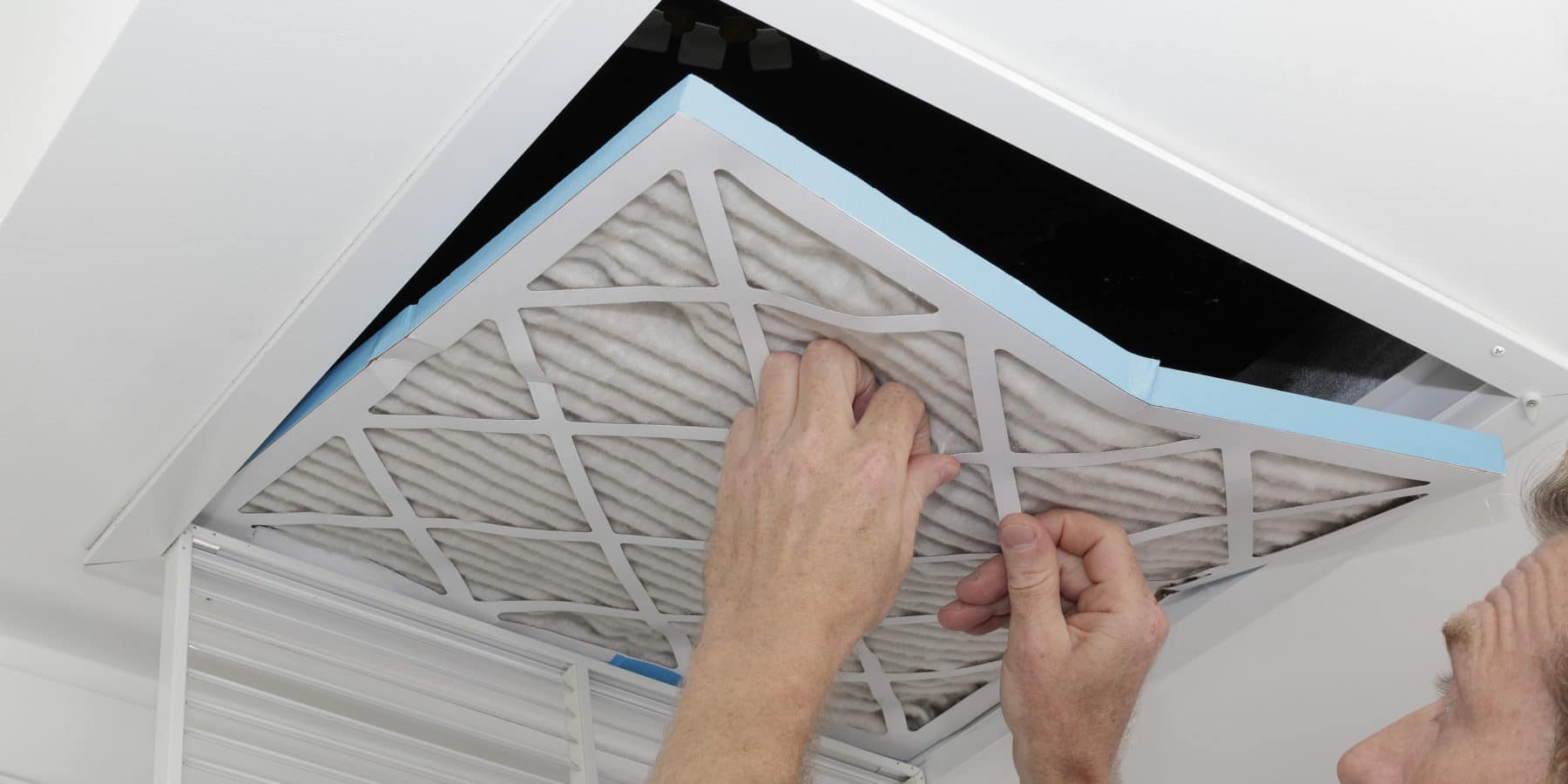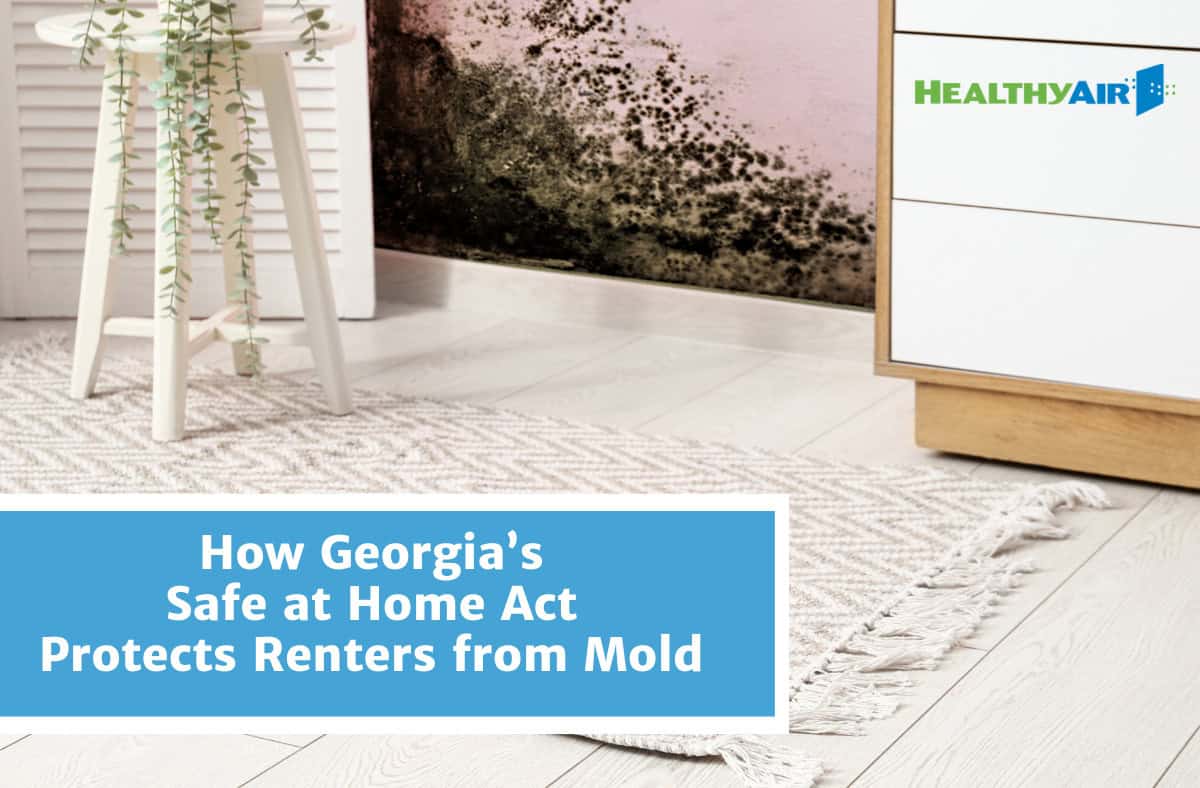How Indoor Air Quality Can Affect Your Health

Understanding The Impact of Indoor Air Quality
You spend a lot of time at home. You eat, sleep, and entertain here. Your children do homework in the kitchen. What would happen if each breath were contributing to health problems? Worst of all, you do not even know it. Indoor air quality has a significant impact on your daily life.
Warning Signs of Indoor Air Pollution
The good news is that your body tells you when something is off. For example, you might cough and sneeze at home when you are fine elsewhere. Look for headaches and itchy eyes. Congestion may be worse. If you have asthma, being at home seems to aggravate your condition. It is a telltale sign when you feel fine elsewhere but experience these symptoms minutes after returning home.
Typical Indoor Air Pollutants
Among the most common problems are scented candles and other room deodorizers. You want the home to smell nice. However, many of these products use chemicals to create the scents you like. It is not unusual for people sensitive to these products to experience symptoms.
Mold spores are part of the environment. If you have humid areas in your home, they frequently sprout there and produce additional spores. Mycotoxins are a significant contributor to the pollution of the air you breathe in. You might find that you have a difficult time in some rooms of the home but not in others.
Formaldehyde is a chemical you find in various home goods. It could be in the new rug you bought, the carpeting you had installed, or the upholstery you sit on. Dust is everywhere. If you have pets, there are dander and hairs. These are trapped in carpeting, curtain materials, and other fabrics. They also come to rest on the furniture. Slight air currents cause them to go airborne.
Addressing Air Quality the Right Way
It is a common misconception that you need to throw money at the problem. It is a better choice to understand what you are dealing with and going straight to the source of the issue. An indoor air quality assessment is your best first step. Professionals use laser particle scanners, humidity meters, and moisture gauges to identify potential hotspots in the home.
From there, you decide what steps to take. For example, air duct cleaning can be instrumental in removing pollutants that spread through the home. Dehumidification and mold treatments remove allergens from affected areas. Mold treatment is not something you should handle on your own.
Unless the fungus grows on non-porous surfaces, it will consistently return. Worse, you might end up spreading more spores throughout the home. It is best to have specialists handle the project from start to finish. By the way, if experts pinpoint water leaks, enlist the assistance of a contractor to handle the repairs.\
Ensure a healthy airflow in the home that prevents odors from accumulating. Doing so makes air fresheners superfluous. Removing these chemicals is an excellent way of possibly ridding your home of allergens, too. Learn more about indoor air quality by talking to the friendly specialists at HealthyAir USA. Contact us today.



